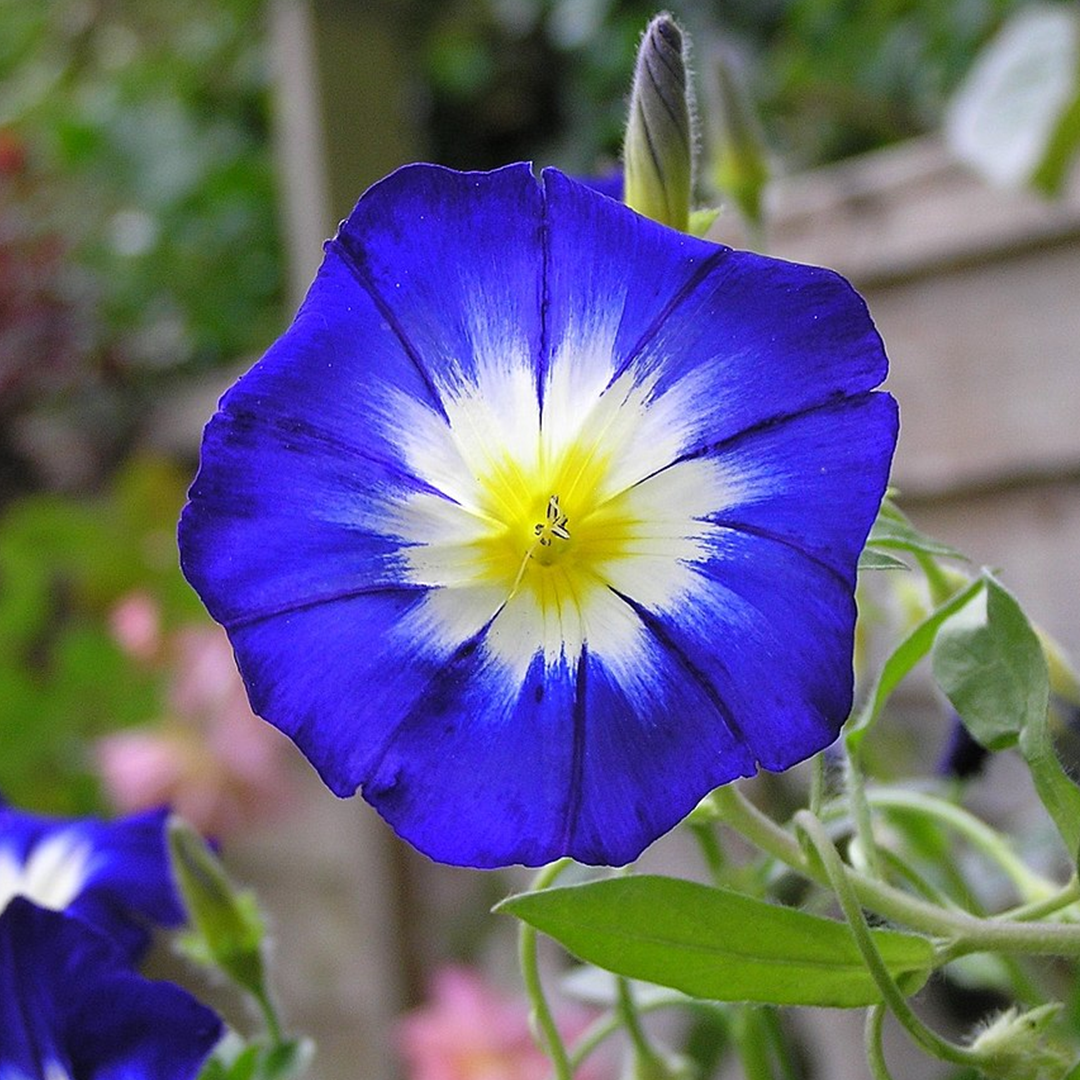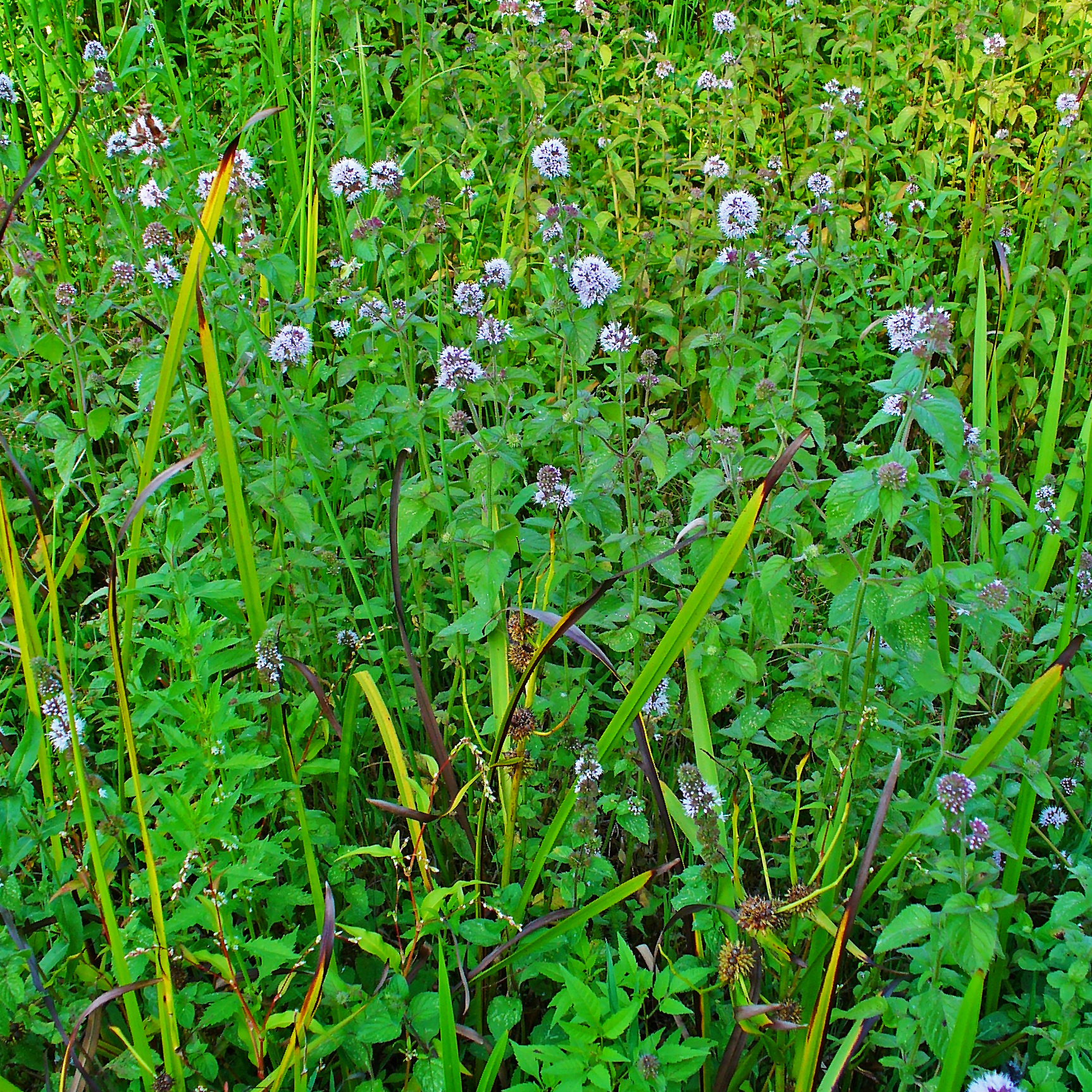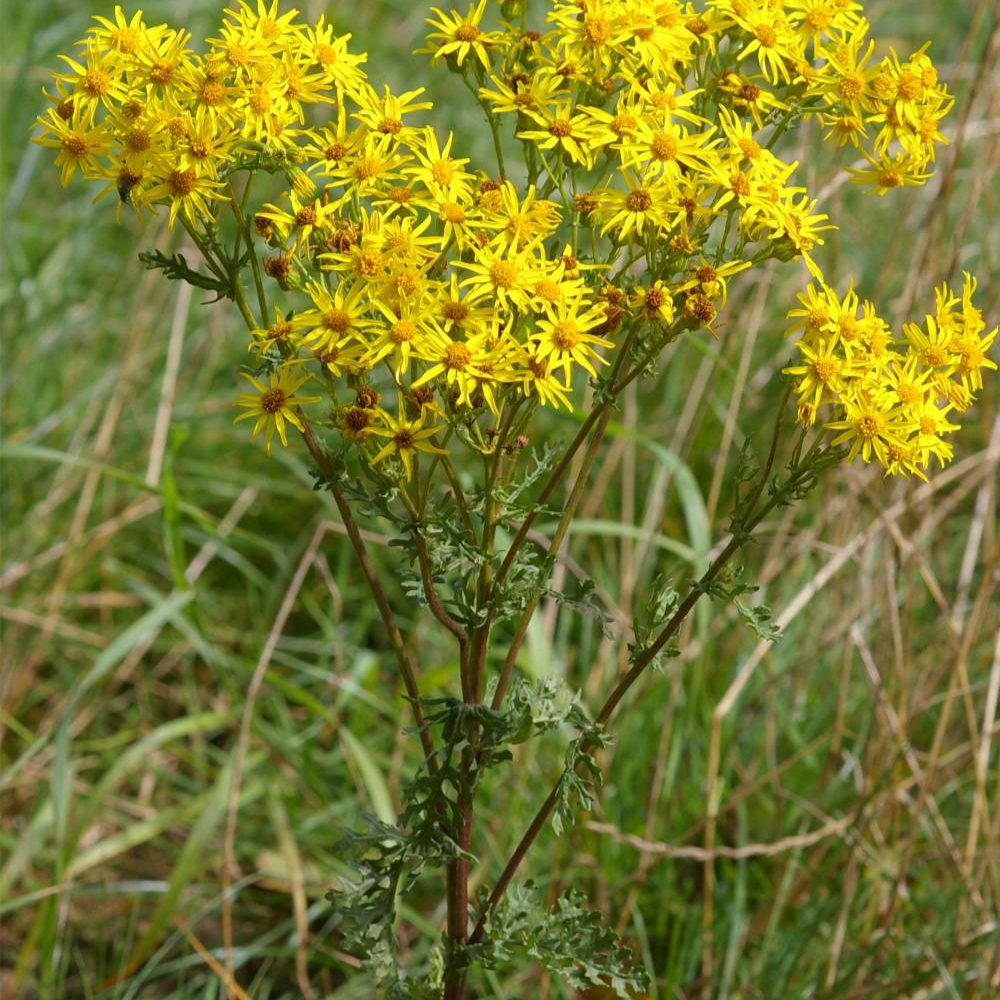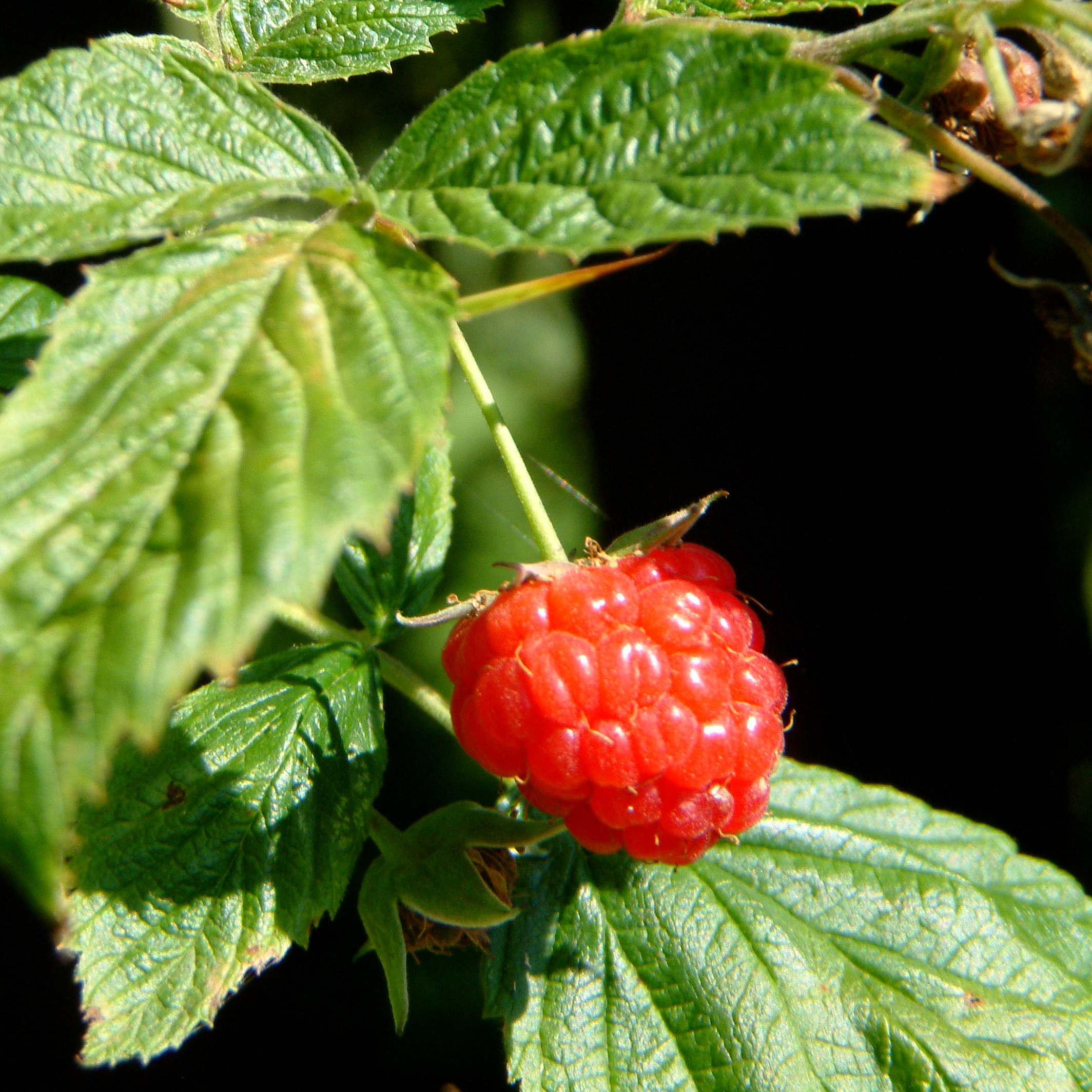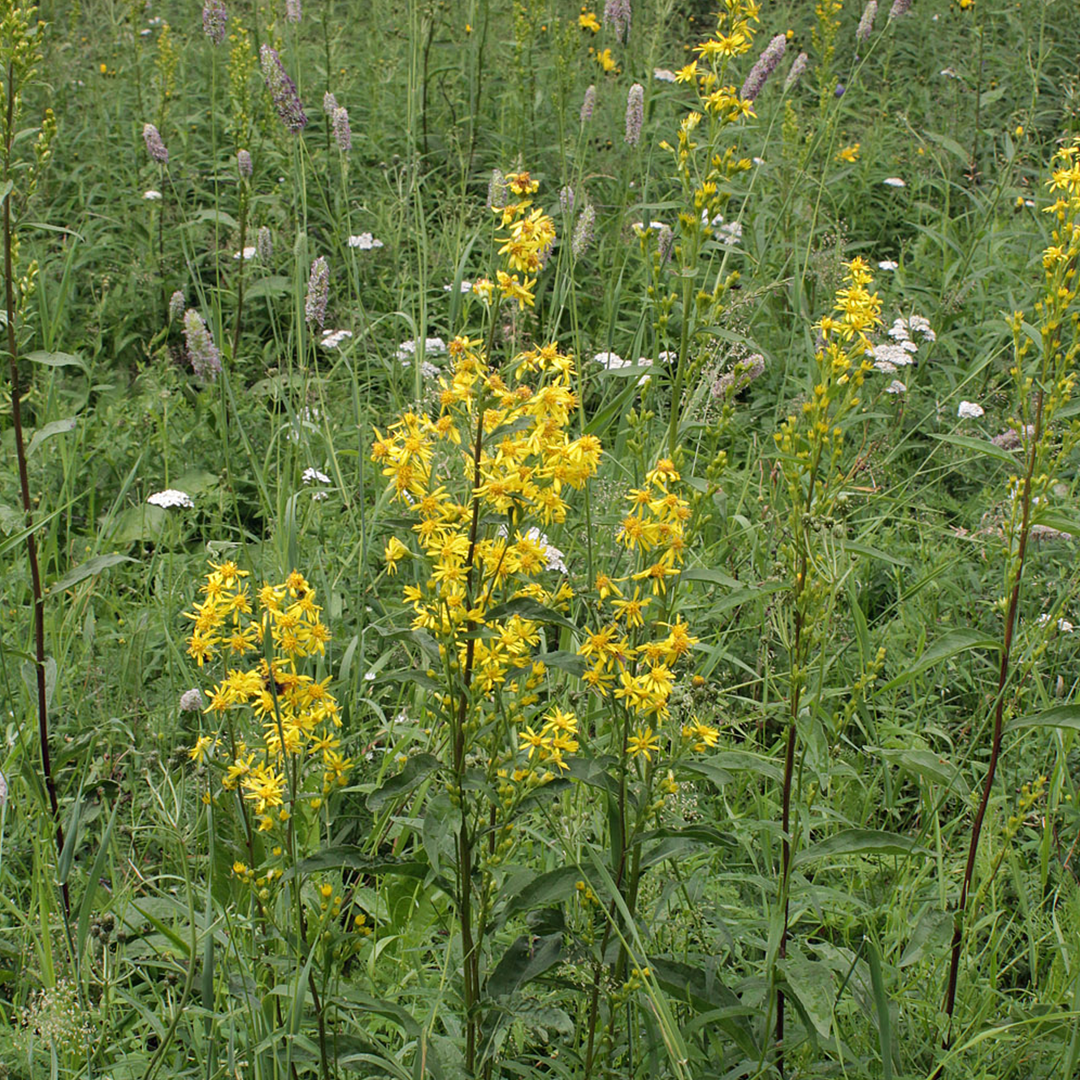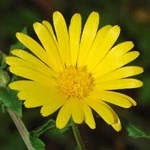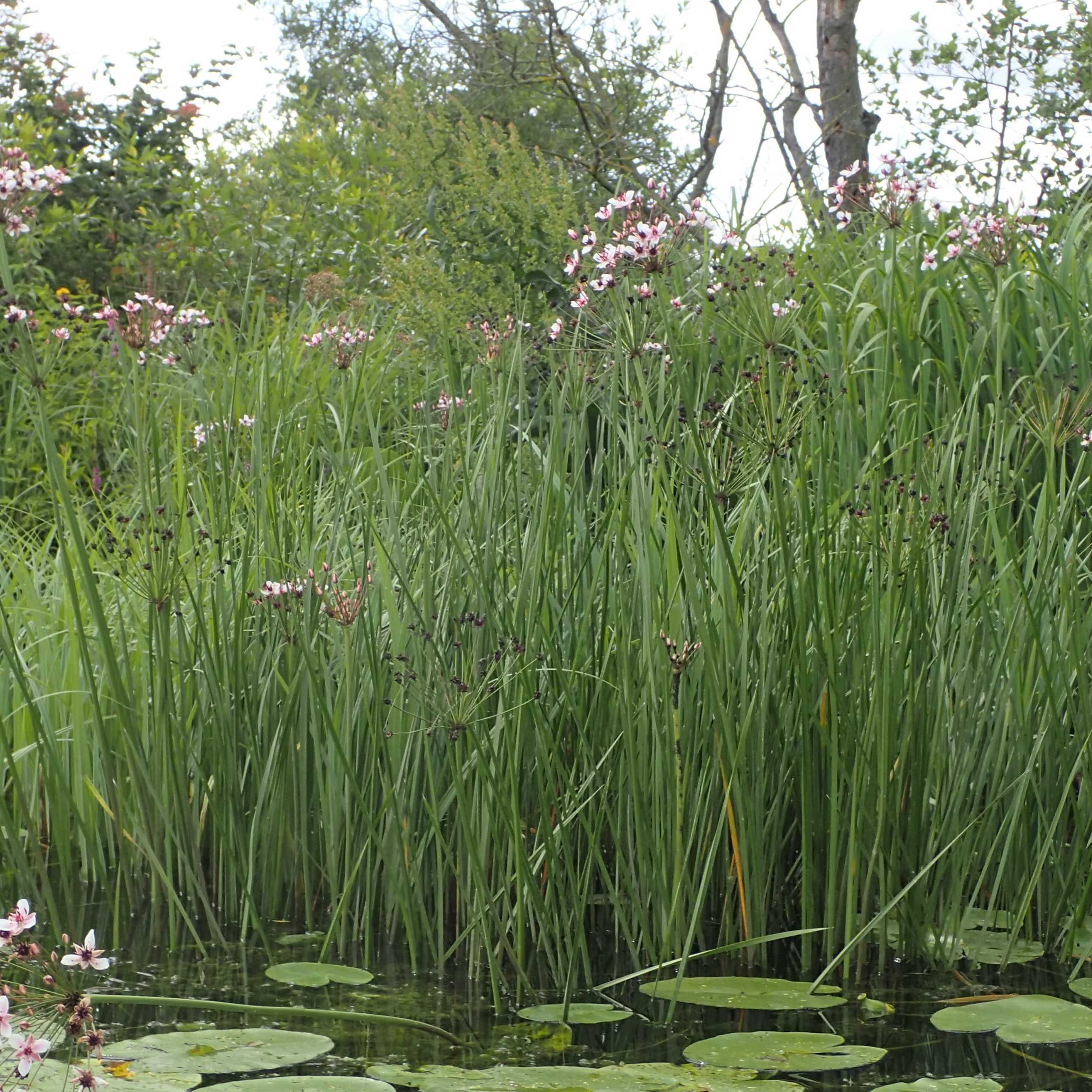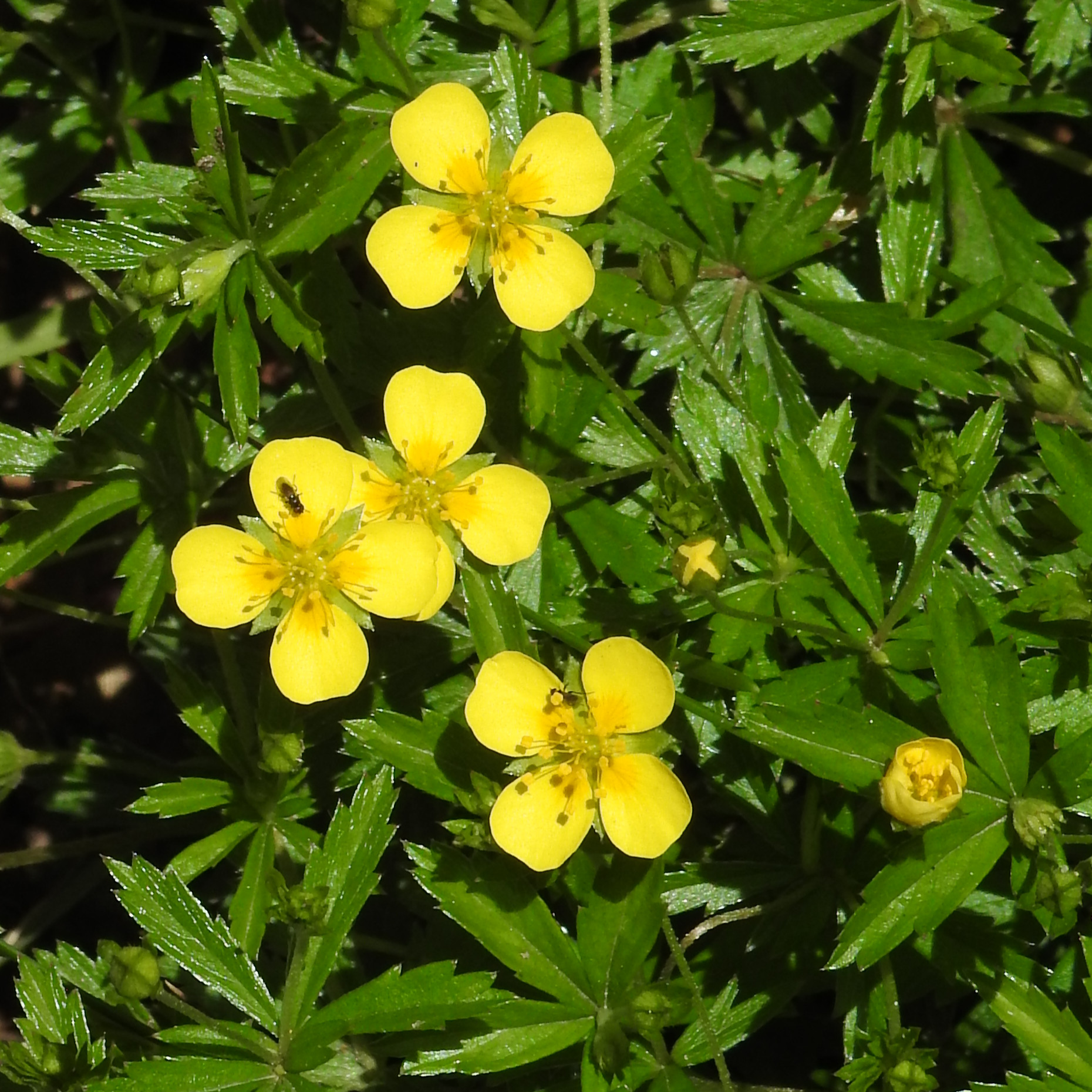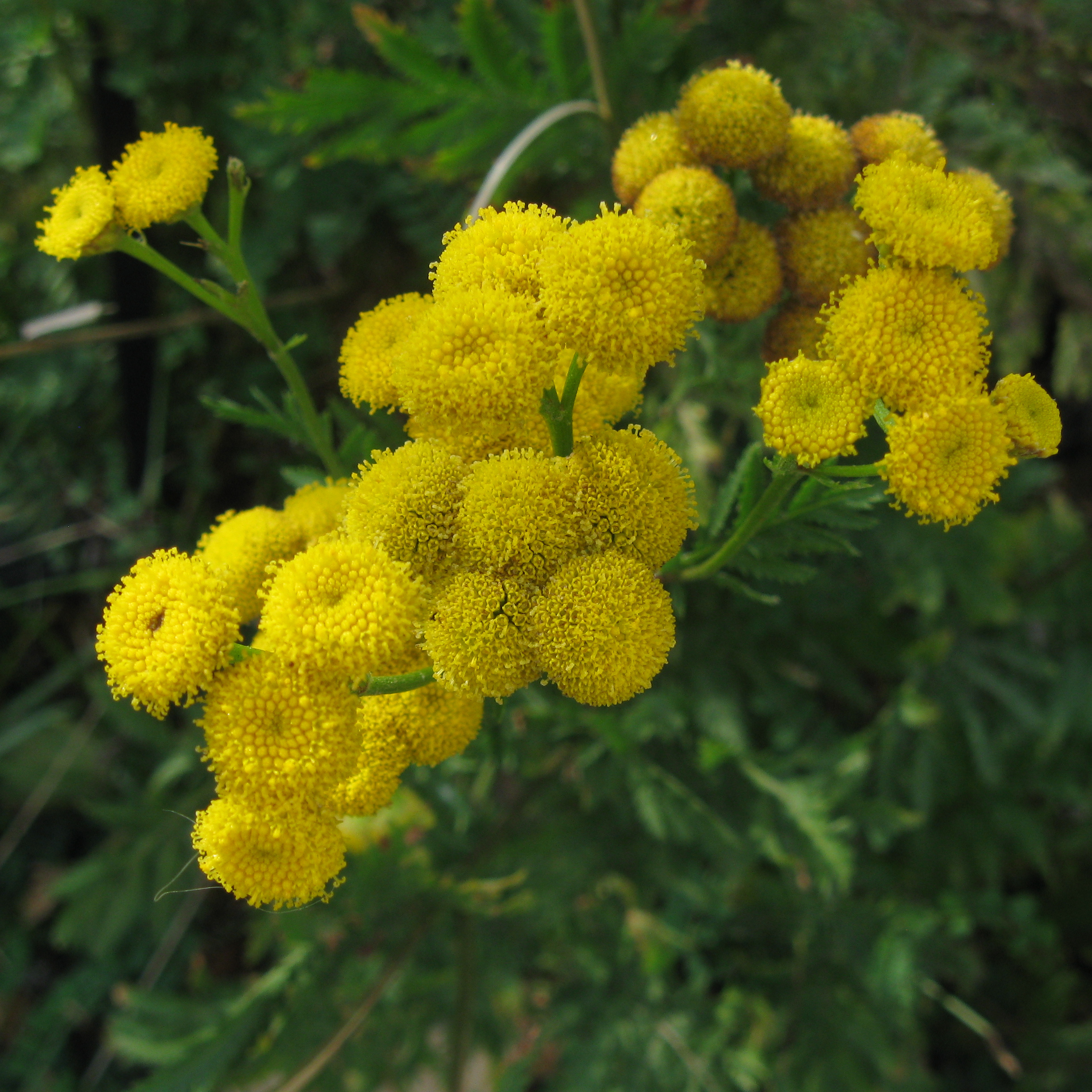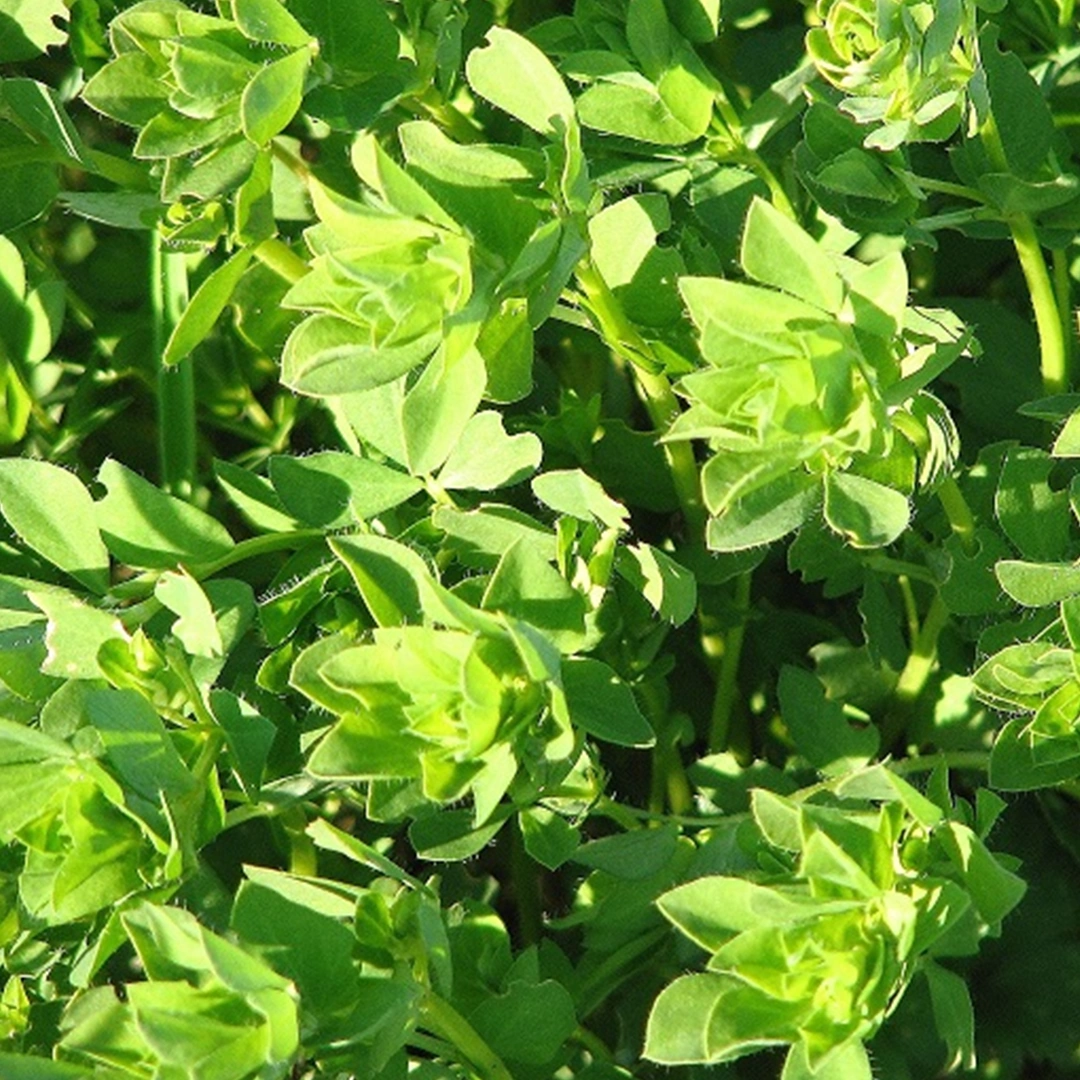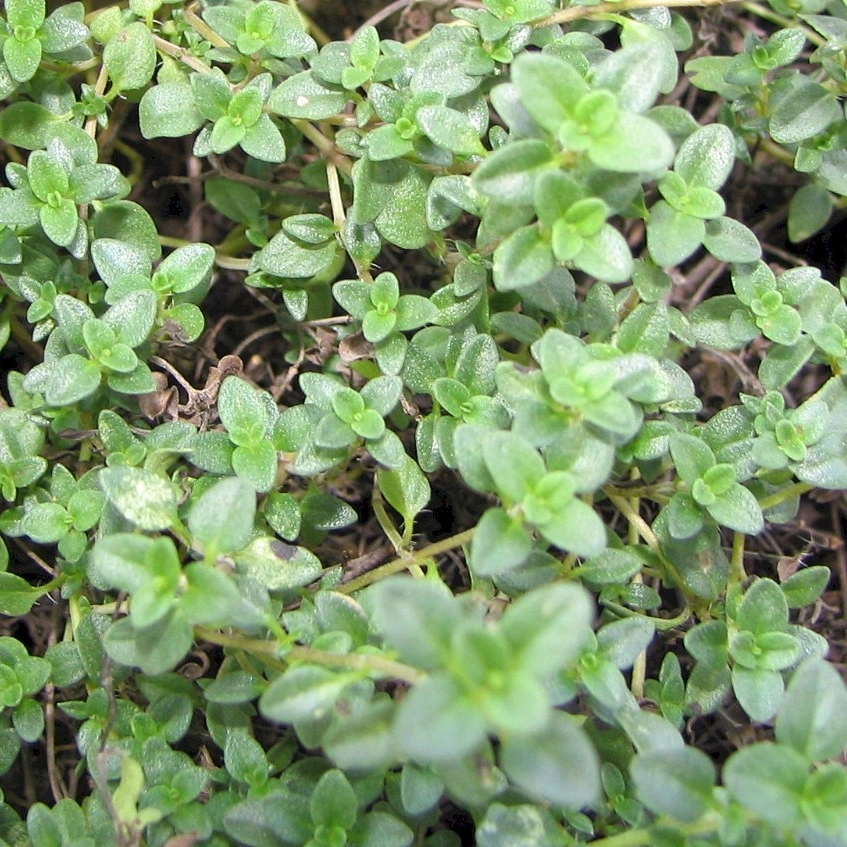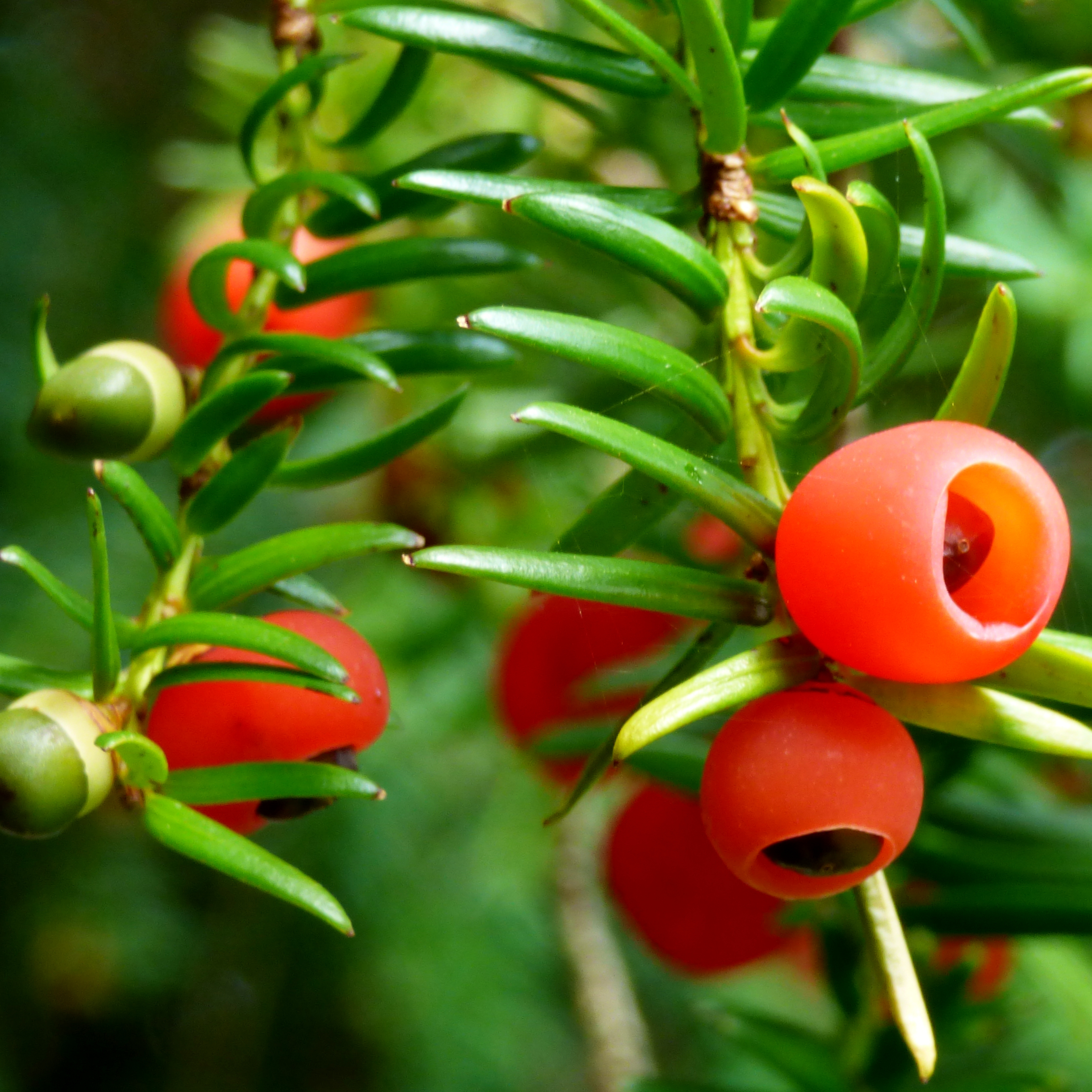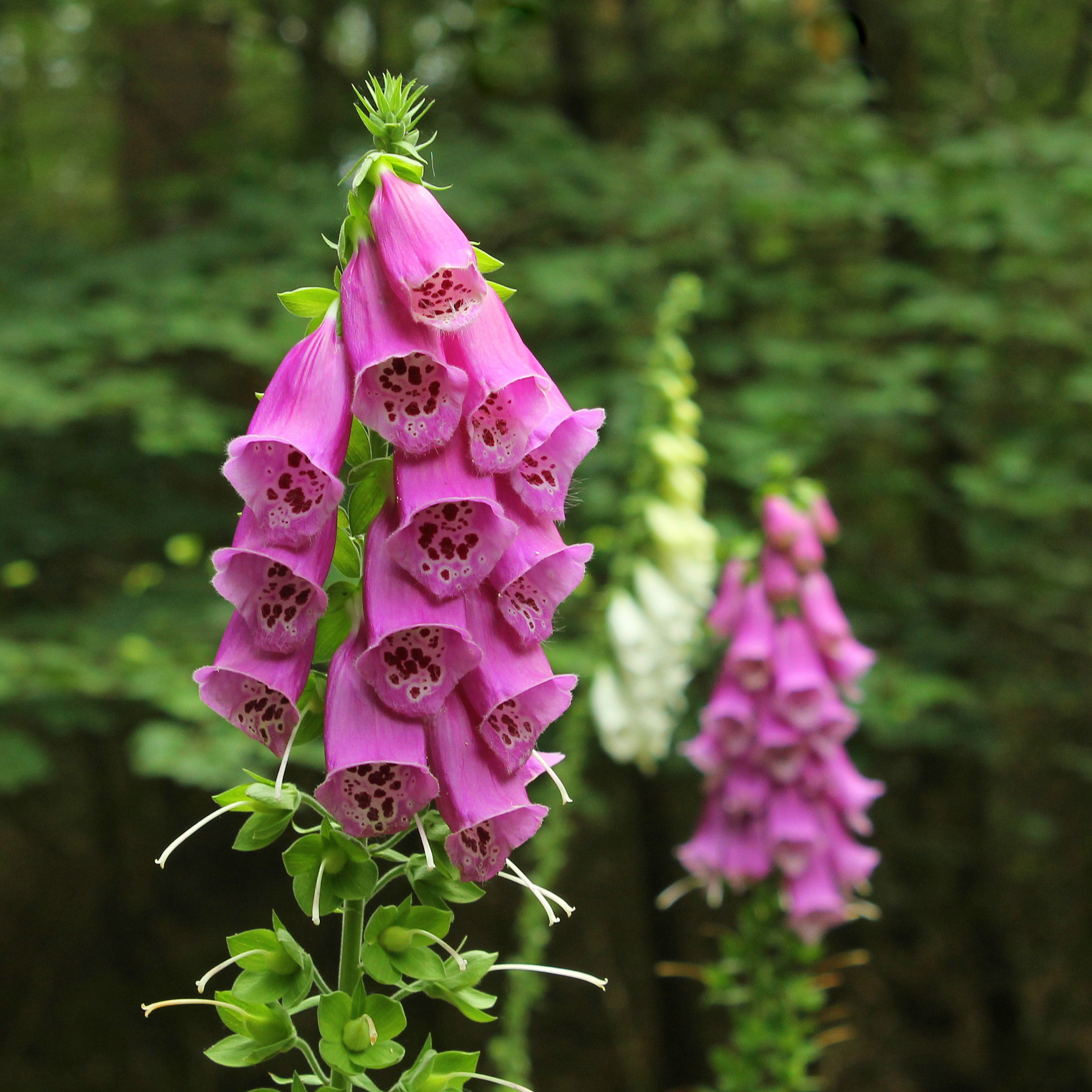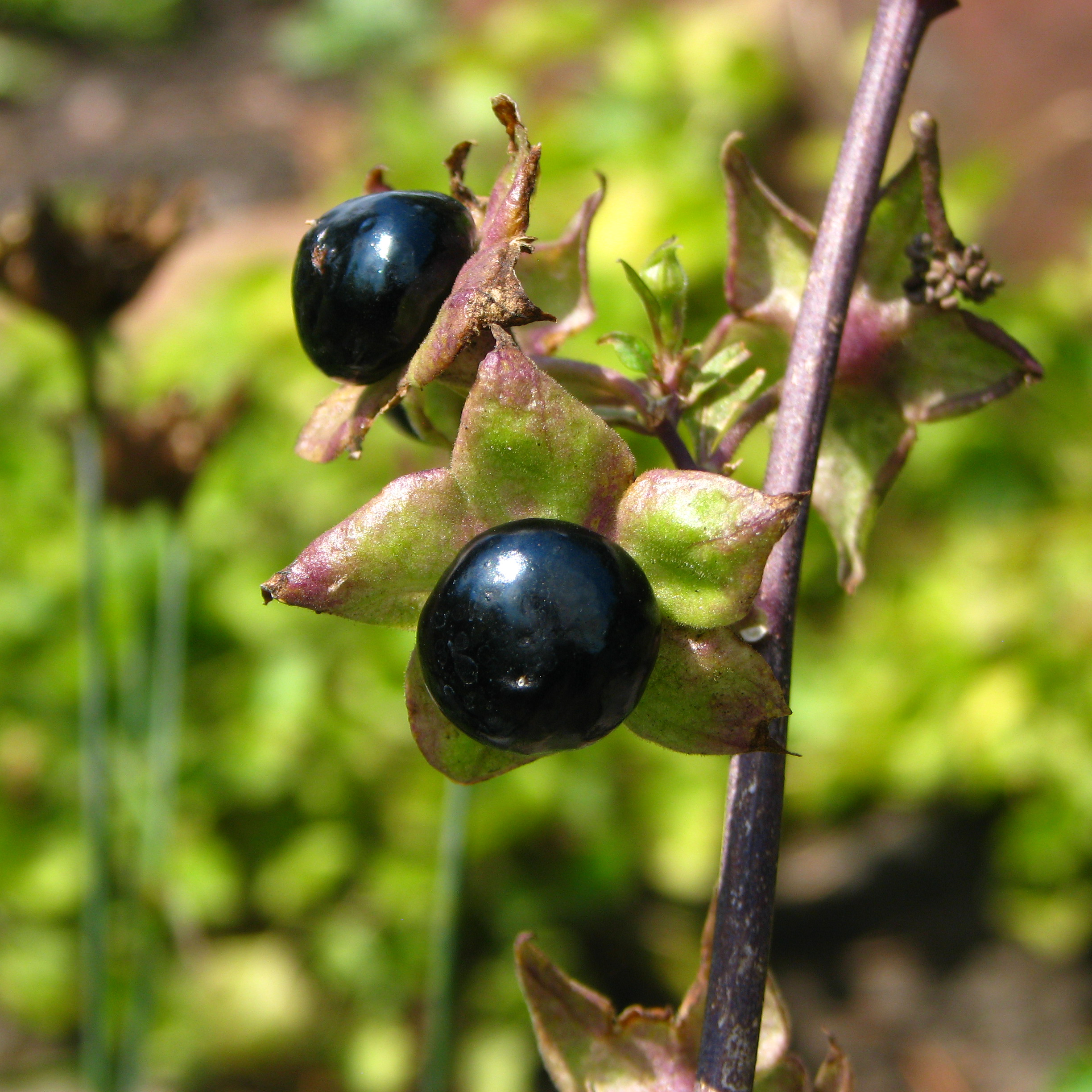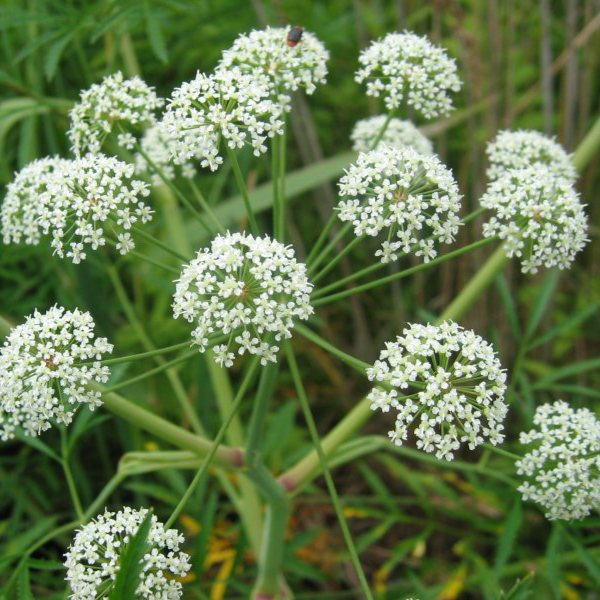Post by 21fgill on May 7, 2016 23:07:58 GMT -5
~Other~
~Wound/injury treatment~
~Disease treatment~
~Mental Treatment~
~Deadly/Poisonous~
Alder bark
Description: Bark from an alder tree
Location: Grows in wet terrain
Use: Used for tooth pain, eases toothaches
Bindweed
Description: Leaves are arrowhead shaped, flowers are trumpet shaped and either white or pale pink
Location: Grows pretty much everywhere
Use: Helps fasten sticks to broken legs to keep them in place.
Watermint
Description: A green, leafy plant.
Location: Usually found in streams or damp earth.
Usage: It is usually chewed into a pulp, and then eaten. Eases the suffering that originates from a bellyache.
Catchweed
Description: A plant with fuzzy green balls on long stems
Location: It is common in hedges and other low, shrubby vegetation.
Use: The burrs are put on the pelt where poultices are. Stops poultices from being rubbed off without hurting the skin.
Borage Leaves
Description: It is easily distinguished by its small blue or pink star-shaped flowers and hairy leaves.
Location: Grows best in forests like areas, but can be found in other places
Use: Chewed and eaten. Helps nursing wolves produce better and richer milk, brings down fevers.
Heather Nectar
Description: Nectar found in bell-shaped flowers.
Location: Best grown in shady areas.
Usage: Included in herbal mixtures.
Effect: Makes swallowing easier and sweetens mixtures.
Honey
Description: A sweet, golden-coloured liquid made by bees.
Location: In honeycombs or bees nests.
Usage:
Eaten, or given by moss soaked in it. Soothes infections, is a great
remedy for smoke-damaged or sore throats, helps wolves swallow other
concoctions, helps soothe coughing, can give energy.
Lamb's Ear
Description: Soft, fuzzy green plant.
Location: Commonly found in the mountains.
Usage: Gives a wolf strength.
Lavender
Description: A small purple flowering plant.
Location: Found in sunny spots with sandy or gravelly soil.
Usage:
Placed under a wolfs nose and is to be inhaled constantly. Or
rubbed/placed on an animals body to hide the scent of death.
Usage: Cures fever and chills. Also a herb used to hide the scent of death.
Parsley
Description:
A long-stemmed plant with ragged-edged crinkly leaves, Sharp scent,
tastes cold and fresh, tastes the same fresh or dried.
Location: Grows best in moist, well drained soil, with full sun.
Usage:
Eaten. Stops a mother from producing milk if her pups die, don't need
milk anymore, or are producing too much milk. Also used to cure
bellyache.
Mallow Leaves
Description: Large fuzzy three-nubbed leaves from a flowering shrub; sweet rose scent.
Location: Grows best near shore, but best gathered when they are dry.
Usage: Eaten. Soothes bellyaches.
Mint
Description:
Downy, serrated leaves ranging from green to purple and yellow in
color. Flowers are small and white or purple in color.
Location: Clearings in forests
Usage: Hides the scent of death.
Ragwort Leaves
Description: Tall shrub with yellow flowers. Tastes foul.
Location: Almost everywhere, especially in cool areas with high rainfall.
Usage:
Crushed and chewed; mixed with juniper berries, it can help aching
joints.Treats aching joints and keeps a wolf's strength up.
Raspberry Leaves
Description: Soft to the touch, but with jagged edges.
Location: Found on raspberry bushes.
Usage: A painkiller, helps stop bleeding while giving birth.

Poppy Seeds
Description: Tiny, round black seeds that are shaken out of a dried poppy flower head.
Location: All over the forest.
Usage: Chewed on. They can help a wolf sleep, soothe shock or distress, or ease pain. Not recommended for nursing wolves.
Willow Leaves
Description: Leaves of the willow tree.
Location: On a willow tree
Usage: Eaten. Stops vomiting.
Yarrow
Description: A flowering plant.
Location: Rocky and bare areas
Usage: Its leaves are chewed into a poultice that can be given to cats or applied to a wound depending on the situation. Extracts poison from wounds. Will make a wolf vomit up toxins. The ointment will soften and help heal cracked pads.
Blackberry Leaves
Description: Leaves from the prickly blackberry bush.
Location: Almost anywhere; they are very handy plants.
Use: These leaves are chewed into a pulp, Eases the swelling of bee stings.
Broom
Description: Shrubs with small leaves and small yellow flowers.
Location: Mainly grows in thick forests with closely knit trees.
Use: used to make poultices for broken legs and wounds.
Burdock Root
Description: Tall-stemmed thistle with a sharp smell and dark leaves.
Location: Grows best in dry area's
Use: The root is dug up, the soil is washed off, and then it is chewed into a pulp. Used to heal and lessen the pain of infections, and to prevent infections.
Celandine
Description: Yellow flower with four petals.
Location: Grows better in forest locations, though can be found near rivers
Usage: Juice is trickled into the eye. Soothes damaged eyes.
Chervil
Description: A sweet-smelling plant with large, leafy, fern-like leaves and small white flowers. The roots are described as being knobby and brown.
Location: Common in the forest, grows best in more dirt/rocky areas.
Use: Chewed to extract the juice of the leaves or the root. For infected wounds and bellyache, respectively. Can also be used while giving birth.
Cobwebs
Description: Long, thin, shiny strands spun into a web by spiders. Very common.
Location: All around the forest.
Usage: Press over wound to soak up and stop (or slow) the bleeding. It may also be used to bind broken bones.
Comfrey Root
Description:
It has large leaves, small bell-shaped flowers, which are pink, white,
or purple, and fat, black roots. Tangy smell.
Location: Damp, grassy places.
Usage: Roots are chewed into a poultice. Repairs broken bones or soothes wounds. Can be used for itching or for inflammation on stiff joints.
Daisy Leaf
Description: Thick, dark green, oval shaped leaves. White flowers with yellow middles
Location: Almost everywhere.
Usage: Chewed into a paste. Eases the pain of aching joints.
Dandelion
Description:
Common yellow-flowered plant with long, hollow stems. After flowering
is finished, the flower transforms a sphere made out of hundreds of
smaller white florets with seed heads at the bottom that connect to the
flower head.
Location: Almost everywhere.
Usage: The white liquid is thought to be applied to bee stings. Leaves can be chewed. Soothes and heal bee stings. Its leaves can also be chewed to act like a painkiller.
Dock
Description: Common, large-leafed plant with a tangy smell and taste.
Location: Grows best in leafy areas.
Usage: Chewed up and applied to scratches. Similar to sorrel. Soothes scratches, though can sting when being applied. Soothes sore pads.
Fennel
Description: Thin, spiky leaves.
Location: Found in numerous places, especially on dry soils near the sea/coast and on riverbanks.
Usage: Stalks are broken and juice is squeezed into the receiver's mouth. Helps pain in the hips.
Goldenrod
Description: A tall plant with bright, yellow flowers.
Location: Grows well on flat, grassy areas.
Usage: Chewed into a poultice. Good for healing wounds.
Horsetail
Description: A tall, bristly-stemmed plant, referred to with fleshy stalks.
Location: Any marshy area.
Usage: Chewed to a poultice, and applied to wounds. Treats infections and stops bleeding.
Juniper Berries
Description: Purple-blue berries from the dark green, spiky-leaved juniper bush.
Location: Grows in places that are not wet.
Usage: Chewed and eaten. Soothes bellyaches, gives strength, and helps troubled breathing. It is also used to help calm wolves.
Coltsfoot
Description: A flowering plant with yellow or white flowers resembling dandelions. Grows best in spring
Location: Watery or marshy areas
Usage: Leaves chewed into a pulp. Eases breathing or bad coughs from pups, as well as cracked or sore pads.
Feverfew
Description: Small bush with flowers resembling daisies. Has a sharp tangy smell and small soft leaves.
Location: Grows best along the water.
Usage: Eaten.
Effect: Reduces body temperature for wolves with fever or chills. Also heals aches and pains especially good for headaches.
Marigold
Description: A low-growing flower; yellow to bright orange.
Location: Near water.
Usage: Petals or leaves chewed in a poultice. Juice can be used as well. Stops infection. Stops bleeding. Used for inflammation of stiff joints.
Dried Oak Leaf
Description: Round, cartoon-like ruffled leaves.
Location: All over the forest floor and collected in fall.
Usage:
The dried leaves are to be stored in a dry location until the time of
usage, when they are chewed into a thick poultice and spread on a wound. Stops infection from setting in.
Rush
Description: It has long narrow leaves and lavender-colored head stalks.
Location: Often grows in infertile soils in a wide range of moisture conditions.
Usage: Used to bind broken bones.
Effect: Helps hold a broken limb in place, such as casts for humans.
Snakeroot
Description: The best remedy for poison, especially snake bites.
Location: Grows mainly in warmer areas, however some grow in cooler areas.
Usage: To be applied to wounds. Heals poison.
Stinging Nettle
Description: It has green, spiny seeds.
Location: All over the forest.
Usage:
The seeds are eaten by a cat who's swallowed poison, or the leaves are
chewed into a poultice for a wound. The stems can also be chewed. Induces vomiting, or brings down swelling, respectively. Can be mixed with comfrey to help heal broken bones. Helps with wounds. Chewing the stems helps fight against infection.
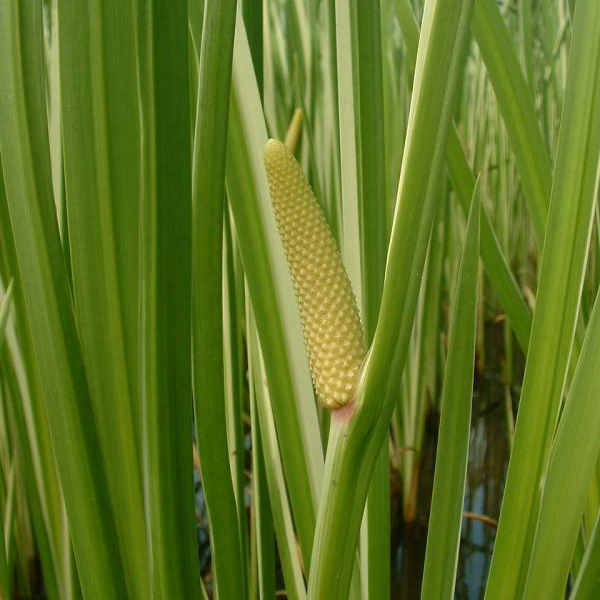
Location: Grows all through fall. Most common around the rivers and wet areas.
Usage: One must swallow the sap. Eases infection.
Tormentil
Description: It has a strong, aromatic scent to it and a sharp taste.
Location: Found in most cool or cold areas.
Usage: Chewed and put on the wound. Its root is good for treating all wounds and extracting poison.
Tansy
Description:
The tansy plant has round, yellow leaves, and has a very sweet and
strong scent, making it good for disguising a wolf's scent.
Location: Found in the forest and near flat,tame grassy areas
Usage: To be consumed, but only in small doses like Poppyseed. Cures coughs. Can be used to cure wounds and poisons. Stops wolves from getting a bad cough. Soothes throats.
Chickweed
Description: Tall-stemmed plant with fat, almond-shaped leaves.
Location: Common in the forest, can be found in between stones in the river
Use: Eaten, helps with bad coughs that cause chest issues
Goatweed
Description: Plant with ovate leaves
Location: Wet areas
Usage: Given daily. Eases anxiety and grief.
Thyme
Description: Small, delicate, thick, sticky leaves with a fresh tang.
Location: Best in hot, sunny locations.
Usage: Leaves can be chewed on. Calms nervousness, anxiety, and wolves who are in shock
Note about the poisons: These are NEVER to be used and NEVER to be kept in stocks by ANY WOLF accept the SHAMAN. DO. NOT. use these without permission from the SHAMAN or DAME or SIRE! If you are allowed to have these in your stock, they MUST be well hidden. Using these without permission CAN RESULT in your character being:
-Exiled
-Killed
-Tortured
Having a bad attitude about these punishments can result in you being kicked from the group. DO NOT use these poisons without permission unless you are prepared to be punished.
Yew berries
Description: Red berries from the dark-leaved, poisonous yew bush.
Location: Rocky cave like areas
Usage: Sometimes used to kill other wolves by making them eat the berry. Kills a wolf within minutes when consumed.
Foxglove Seeds
Description: Tiny, black seeds from the bell-shaped flower of the foxglove plant. Can be confused for Poppyseeds to learning wolves
Location: Almost everywhere, especially in temperate regions.
Usage: Cause paralysis and heart failure.
Deadly Nightshade
Description: A small shrub with faintly scented, bell-shaped flowers that are purple tinged with green in colour. Berries are shiny and black when ripe.
Location: Moist, shady places. Often grows in places where the soils are rich in limestone.
Usage: To kill a wolf who cannot be saved so they don't suffer a long and painful death. Poisonous.
Water Hemlock
Description: Green or white flowers with petals in umbrella-shaped clusters
Location: Wet, marshy areas.
Usage: Causes writhing, pain, and foaming at the mouth.
Know a herb that's not listed here? Post it down below!
~Wound/injury treatment~
~Disease treatment~
~Mental Treatment~
~Deadly/Poisonous~
Alder bark
Description: Bark from an alder tree
Location: Grows in wet terrain
Use: Used for tooth pain, eases toothaches
Bindweed
Description: Leaves are arrowhead shaped, flowers are trumpet shaped and either white or pale pink
Location: Grows pretty much everywhere
Use: Helps fasten sticks to broken legs to keep them in place.
Watermint
Description: A green, leafy plant.
Location: Usually found in streams or damp earth.
Usage: It is usually chewed into a pulp, and then eaten. Eases the suffering that originates from a bellyache.
Catchweed
Description: A plant with fuzzy green balls on long stems
Location: It is common in hedges and other low, shrubby vegetation.
Use: The burrs are put on the pelt where poultices are. Stops poultices from being rubbed off without hurting the skin.
Borage Leaves
Description: It is easily distinguished by its small blue or pink star-shaped flowers and hairy leaves.
Location: Grows best in forests like areas, but can be found in other places
Use: Chewed and eaten. Helps nursing wolves produce better and richer milk, brings down fevers.
Heather Nectar
Description: Nectar found in bell-shaped flowers.
Location: Best grown in shady areas.
Usage: Included in herbal mixtures.
Effect: Makes swallowing easier and sweetens mixtures.
Honey
Description: A sweet, golden-coloured liquid made by bees.
Location: In honeycombs or bees nests.
Usage:
Eaten, or given by moss soaked in it. Soothes infections, is a great
remedy for smoke-damaged or sore throats, helps wolves swallow other
concoctions, helps soothe coughing, can give energy.
Lamb's Ear
Description: Soft, fuzzy green plant.
Location: Commonly found in the mountains.
Usage: Gives a wolf strength.
Lavender
Description: A small purple flowering plant.
Location: Found in sunny spots with sandy or gravelly soil.
Usage:
Placed under a wolfs nose and is to be inhaled constantly. Or
rubbed/placed on an animals body to hide the scent of death.
Usage: Cures fever and chills. Also a herb used to hide the scent of death.
Parsley
Description:
A long-stemmed plant with ragged-edged crinkly leaves, Sharp scent,
tastes cold and fresh, tastes the same fresh or dried.
Location: Grows best in moist, well drained soil, with full sun.
Usage:
Eaten. Stops a mother from producing milk if her pups die, don't need
milk anymore, or are producing too much milk. Also used to cure
bellyache.
Mallow Leaves
Description: Large fuzzy three-nubbed leaves from a flowering shrub; sweet rose scent.
Location: Grows best near shore, but best gathered when they are dry.
Usage: Eaten. Soothes bellyaches.
Mint
Description:
Downy, serrated leaves ranging from green to purple and yellow in
color. Flowers are small and white or purple in color.
Location: Clearings in forests
Usage: Hides the scent of death.
Ragwort Leaves
Description: Tall shrub with yellow flowers. Tastes foul.
Location: Almost everywhere, especially in cool areas with high rainfall.
Usage:
Crushed and chewed; mixed with juniper berries, it can help aching
joints.Treats aching joints and keeps a wolf's strength up.
Raspberry Leaves
Description: Soft to the touch, but with jagged edges.
Location: Found on raspberry bushes.
Usage: A painkiller, helps stop bleeding while giving birth.
Poppy Seeds
Description: Tiny, round black seeds that are shaken out of a dried poppy flower head.
Location: All over the forest.
Usage: Chewed on. They can help a wolf sleep, soothe shock or distress, or ease pain. Not recommended for nursing wolves.
Willow Leaves
Description: Leaves of the willow tree.
Location: On a willow tree
Usage: Eaten. Stops vomiting.
Yarrow
Description: A flowering plant.
Location: Rocky and bare areas
Usage: Its leaves are chewed into a poultice that can be given to cats or applied to a wound depending on the situation. Extracts poison from wounds. Will make a wolf vomit up toxins. The ointment will soften and help heal cracked pads.
Blackberry Leaves
Description: Leaves from the prickly blackberry bush.
Location: Almost anywhere; they are very handy plants.
Use: These leaves are chewed into a pulp, Eases the swelling of bee stings.
Broom
Description: Shrubs with small leaves and small yellow flowers.
Location: Mainly grows in thick forests with closely knit trees.
Use: used to make poultices for broken legs and wounds.
Burdock Root
Description: Tall-stemmed thistle with a sharp smell and dark leaves.
Location: Grows best in dry area's
Use: The root is dug up, the soil is washed off, and then it is chewed into a pulp. Used to heal and lessen the pain of infections, and to prevent infections.
Celandine
Description: Yellow flower with four petals.
Location: Grows better in forest locations, though can be found near rivers
Usage: Juice is trickled into the eye. Soothes damaged eyes.
Chervil
Description: A sweet-smelling plant with large, leafy, fern-like leaves and small white flowers. The roots are described as being knobby and brown.
Location: Common in the forest, grows best in more dirt/rocky areas.
Use: Chewed to extract the juice of the leaves or the root. For infected wounds and bellyache, respectively. Can also be used while giving birth.
Cobwebs
Description: Long, thin, shiny strands spun into a web by spiders. Very common.
Location: All around the forest.
Usage: Press over wound to soak up and stop (or slow) the bleeding. It may also be used to bind broken bones.
Comfrey Root
Description:
It has large leaves, small bell-shaped flowers, which are pink, white,
or purple, and fat, black roots. Tangy smell.
Location: Damp, grassy places.
Usage: Roots are chewed into a poultice. Repairs broken bones or soothes wounds. Can be used for itching or for inflammation on stiff joints.
Daisy Leaf
Description: Thick, dark green, oval shaped leaves. White flowers with yellow middles
Location: Almost everywhere.
Usage: Chewed into a paste. Eases the pain of aching joints.
Dandelion
Description:
Common yellow-flowered plant with long, hollow stems. After flowering
is finished, the flower transforms a sphere made out of hundreds of
smaller white florets with seed heads at the bottom that connect to the
flower head.
Location: Almost everywhere.
Usage: The white liquid is thought to be applied to bee stings. Leaves can be chewed. Soothes and heal bee stings. Its leaves can also be chewed to act like a painkiller.
Dock
Description: Common, large-leafed plant with a tangy smell and taste.
Location: Grows best in leafy areas.
Usage: Chewed up and applied to scratches. Similar to sorrel. Soothes scratches, though can sting when being applied. Soothes sore pads.
Fennel
Description: Thin, spiky leaves.
Location: Found in numerous places, especially on dry soils near the sea/coast and on riverbanks.
Usage: Stalks are broken and juice is squeezed into the receiver's mouth. Helps pain in the hips.
Goldenrod
Description: A tall plant with bright, yellow flowers.
Location: Grows well on flat, grassy areas.
Usage: Chewed into a poultice. Good for healing wounds.
Horsetail
Description: A tall, bristly-stemmed plant, referred to with fleshy stalks.
Location: Any marshy area.
Usage: Chewed to a poultice, and applied to wounds. Treats infections and stops bleeding.
Juniper Berries
Description: Purple-blue berries from the dark green, spiky-leaved juniper bush.
Location: Grows in places that are not wet.
Usage: Chewed and eaten. Soothes bellyaches, gives strength, and helps troubled breathing. It is also used to help calm wolves.
Coltsfoot
Description: A flowering plant with yellow or white flowers resembling dandelions. Grows best in spring
Location: Watery or marshy areas
Usage: Leaves chewed into a pulp. Eases breathing or bad coughs from pups, as well as cracked or sore pads.
Feverfew
Description: Small bush with flowers resembling daisies. Has a sharp tangy smell and small soft leaves.
Location: Grows best along the water.
Usage: Eaten.
Effect: Reduces body temperature for wolves with fever or chills. Also heals aches and pains especially good for headaches.
Marigold
Description: A low-growing flower; yellow to bright orange.
Location: Near water.
Usage: Petals or leaves chewed in a poultice. Juice can be used as well. Stops infection. Stops bleeding. Used for inflammation of stiff joints.
Dried Oak Leaf
Description: Round, cartoon-like ruffled leaves.
Location: All over the forest floor and collected in fall.
Usage:
The dried leaves are to be stored in a dry location until the time of
usage, when they are chewed into a thick poultice and spread on a wound. Stops infection from setting in.
Rush
Description: It has long narrow leaves and lavender-colored head stalks.
Location: Often grows in infertile soils in a wide range of moisture conditions.
Usage: Used to bind broken bones.
Effect: Helps hold a broken limb in place, such as casts for humans.
Snakeroot
Description: The best remedy for poison, especially snake bites.
Location: Grows mainly in warmer areas, however some grow in cooler areas.
Usage: To be applied to wounds. Heals poison.
Stinging Nettle
Description: It has green, spiny seeds.
Location: All over the forest.
Usage:
The seeds are eaten by a cat who's swallowed poison, or the leaves are
chewed into a poultice for a wound. The stems can also be chewed. Induces vomiting, or brings down swelling, respectively. Can be mixed with comfrey to help heal broken bones. Helps with wounds. Chewing the stems helps fight against infection.

Sweet-Sedge
Location: Grows all through fall. Most common around the rivers and wet areas.
Usage: One must swallow the sap. Eases infection.
Tormentil
Description: It has a strong, aromatic scent to it and a sharp taste.
Location: Found in most cool or cold areas.
Usage: Chewed and put on the wound. Its root is good for treating all wounds and extracting poison.
Tansy
Description:
The tansy plant has round, yellow leaves, and has a very sweet and
strong scent, making it good for disguising a wolf's scent.
Location: Found in the forest and near flat,tame grassy areas
Usage: To be consumed, but only in small doses like Poppyseed. Cures coughs. Can be used to cure wounds and poisons. Stops wolves from getting a bad cough. Soothes throats.
Chickweed
Description: Tall-stemmed plant with fat, almond-shaped leaves.
Location: Common in the forest, can be found in between stones in the river
Use: Eaten, helps with bad coughs that cause chest issues
Goatweed
Description: Plant with ovate leaves
Location: Wet areas
Usage: Given daily. Eases anxiety and grief.
Thyme
Description: Small, delicate, thick, sticky leaves with a fresh tang.
Location: Best in hot, sunny locations.
Usage: Leaves can be chewed on. Calms nervousness, anxiety, and wolves who are in shock
Note about the poisons: These are NEVER to be used and NEVER to be kept in stocks by ANY WOLF accept the SHAMAN. DO. NOT. use these without permission from the SHAMAN or DAME or SIRE! If you are allowed to have these in your stock, they MUST be well hidden. Using these without permission CAN RESULT in your character being:
-Exiled
-Killed
-Tortured
Having a bad attitude about these punishments can result in you being kicked from the group. DO NOT use these poisons without permission unless you are prepared to be punished.
Yew berries
Description: Red berries from the dark-leaved, poisonous yew bush.
Location: Rocky cave like areas
Usage: Sometimes used to kill other wolves by making them eat the berry. Kills a wolf within minutes when consumed.
Foxglove Seeds
Description: Tiny, black seeds from the bell-shaped flower of the foxglove plant. Can be confused for Poppyseeds to learning wolves
Location: Almost everywhere, especially in temperate regions.
Usage: Cause paralysis and heart failure.
Deadly Nightshade
Description: A small shrub with faintly scented, bell-shaped flowers that are purple tinged with green in colour. Berries are shiny and black when ripe.
Location: Moist, shady places. Often grows in places where the soils are rich in limestone.
Usage: To kill a wolf who cannot be saved so they don't suffer a long and painful death. Poisonous.
Water Hemlock
Description: Green or white flowers with petals in umbrella-shaped clusters
Location: Wet, marshy areas.
Usage: Causes writhing, pain, and foaming at the mouth.
Know a herb that's not listed here? Post it down below!


